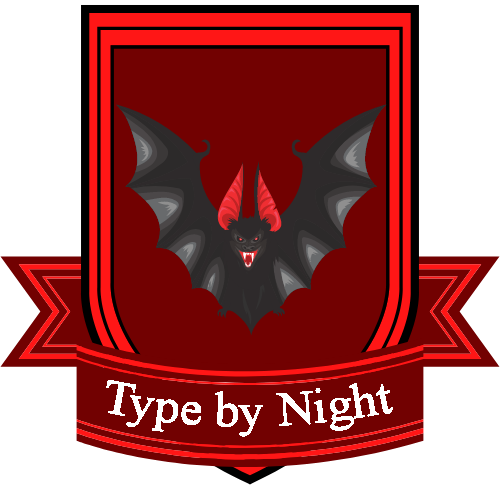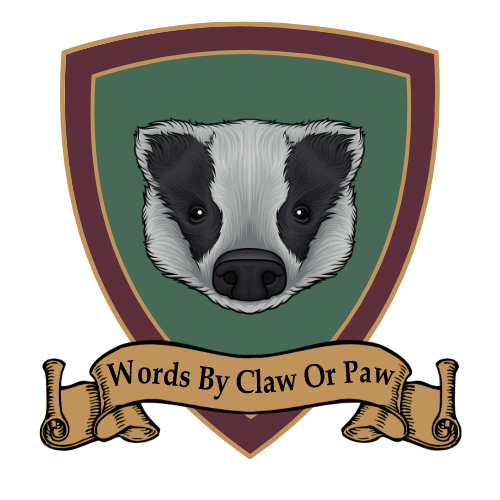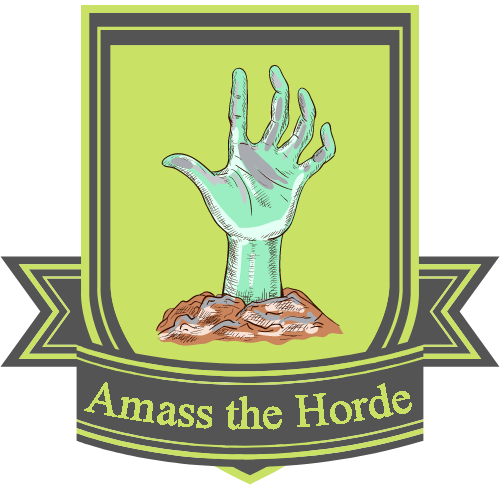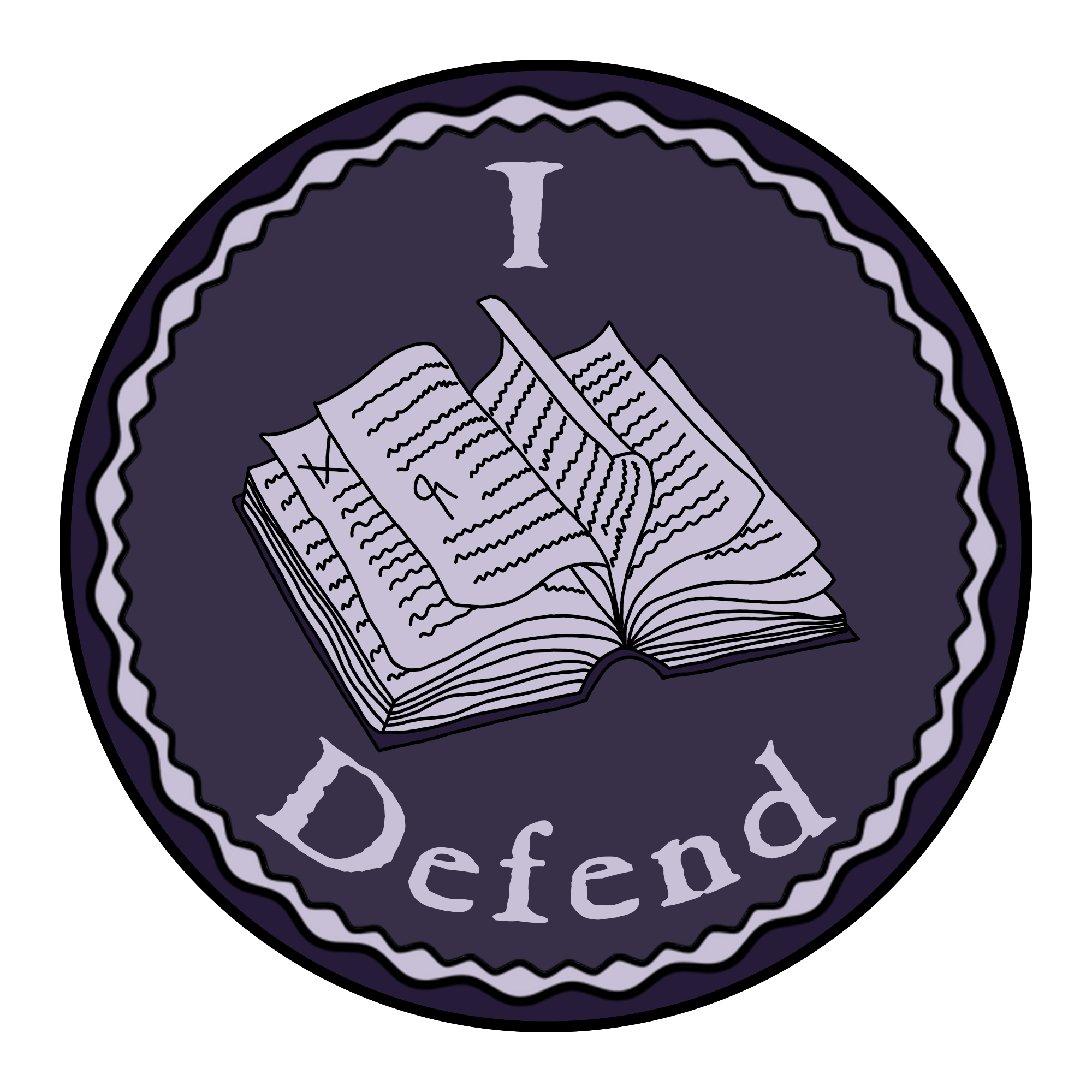The Black Rabbit of Inle
The Black Rabbit drew his claws along the floor. 'Bargains, bargains, El-ahrairah,' he said. 'There is not a day or a night but a doe offers her life for her kittens, or some honest captain of Owsla his life for his Chief Rabbit’s. Sometimes it is taken, sometimes it is not. But there is no bargain, for here, what is, is what must be.'The Black Rabbit of Inlé is the rabbit Grim Reaper, the personification of Death. While they are widely feared by rabbitkind, and associated with all things uncanny and strange, they are seen as doing the bidding of Frith, part of the cycle of nature, and portrayed as being patient and sometimes kind, but harsh. They are also associated with darkness and the moon (the moon is called "Inlé"; "Fu Inlé" means "after moonrise.") They may be an invention of an author named Richard Adams, extending from his popular novel Watership Down. Belief in the Black Rabbit has spread widely in the Lapin Protectorate, and is sometimes present in the other Woodlander Protectorates as well. They are revered, if not worshiped exactly, by Bunnykin, Wererabbits, and Lapinites in general. Some Voidtouched rabbits have been associated with the The Black Rabbit of Inlé.
Divine Domains
Forgotten Realms DnD Domains: Animal, Cavern, Darkness, Death, Destruction, Earth, Fate, Grave, Knowledge, Law, Moon, Order, Pain, Patience, Repose, Suffering, Twilight
d20 DnD Domains: Animal, Death, Destruction, Earth, Knowledge, Law
5th edition DnD Domains: Death, Grave, Knowledge, Order, Twilight, Fate
Divine Symbols & Sigils
The Black Rabbit is often represented by an elongated black rabbit or hare's head with glowing, pupil-less eyes. In art, they are often portrayed as the shadowy silhouette of a rabbit or hare. Many of the depictions in modern times resemble their depiction in the 1978 movie adaptation of Watership Down.
Tenets of Faith
No one seems to follow the Black Rabbit alone. If one were to do so, one could infer that their faith would emphasize an acceptance of fate: "what is, is what must be." Death would be viewed as part of the natural cycle, but undeath would be seen as an abomination, a deprivation of the final rest of all living creatures.
Physical Description
General Physical Condition
And then, as they were about to go into the tunnel, they realized that what they had thought, in the gloom, to be a part of the rock was not rock. It was the Black Rabbit of Inlé, close beside them, still as lichen and cold as the stone.Like El-Ahrairah, the Black Rabbit always appears as a Rabbit or Hare, not in the forms of more anthropomorphic lagomorphic species like Bunnykin or Wererabbits. From time to time, they may also appear as one of the lagomorph cryptids, such as a Jackalope, Skvader, Wolpertinger, or Al-Miraj, but they always have extremely black fur, as black as that of some Voidtouched wererabbits. The most commonly known descriptions of the Black Rabbit come from the novel Watership Down, most of which come from the story El-Ahrairah and the Black Rabbit of Inle. They are described as speaking "with the voice of water that falls into pools in echoing places in the dark," and smelling "as clean as last year's bones." Adams continues to say that "in the dark El-ahrairah could see his eyes, for they were red with a light that gave no light."
Special abilities
The Black Rabbit is described as having numerous uncanny powers. Most disturbing to lagomorphs, the Black Rabbit is described as being capable of moving in perfect silence, and having little to no scent. They may also be capable of either teleportation or bi-location. In the myth, at one point, El-Ahrairah and Rabscuttle flee the Black Rabbit, only to find them in the deep burrow they'd fled to.
The Black Rabbit is said to have carved a vast, stone burrow out of a barren mountain with their claws, meaning their claws are capable of digging through stone.
They are also described as knowing things in a disturbing sort of way. This quote from Watership Down describes it well:
Now as you may suppose, El-ahrairah knew how to play bob-stones. He could play as well as any rabbit that ever covered a cast. But there – in that dreadful place, with the Black Rabbit’s eyes upon him and the Owsla who made no sound – try as he would, his wits deserted him and even before he cast, he felt that the Black Rabbit knew what was down. The Black Rabbit showed never the least haste. He played as the snow falls, without sound or change, until at last El-ahrairah’s spirit failed him and he knew that he could not win.The Black Rabbit seems to also project an aura of fear, or a fearful presence, that is capable of causing a fight-or-flight reaction in the most courageous of rabbits (and presumably, other beings, although that is unknown). Frequently in the tale, El-Ahrairah and Rabscuttle are so frightened simply by the Black Rabbit's presence that their considerable wits completely desert them. They are also capable of causing fear directly through speaking of fearful things, like a powerful, limited bard's emotive powers:
Then the Black Rabbit told such a tale of fear and darkness as froze the hearts of Rabscuttle and El-ahrairah where they crouched on the rock, for they knew that every word was true. Their wits turned. They seemed to be plunged in icy clouds that numbed their senses; and the Black Rabbit’s story crept into their hearts like a worm into a nut, leaving them shrivelled and empty. When at last that terrible story was ended, El-ahrairah tried to speak. But he could not collect his thoughts and he stammered and ran about the floor, like a mouse when the hawk glides low. The Black Rabbit waited silently, with no sign of impatience.
Mental characteristics
Personal history
According to the El-Ahrairah myth cycle, the Black Rabbit has been around since the creation of the universe. They watch over rabbitkind, and they are present at any moment a rabbit is to be taken to the afterlife. As a result, they are widely feared, especially because they are implacable and will not make bargains, and even the likes of El-Ahrairah cannot successfully trick them.
However, they also watch over the dead. Black Rabbit motifs are often included in Lapin graveyards and on tombs, in hopes that they will come and take lost loved ones safely to Inlé.
In the myth cycle, the Black Rabbit is usually present like a shadow, a constant lurking element, suggesting that to rabbitkind, death is a constant presence. They appear primarily as the central figure in the tale of El-Ahrairah and the Black Rabbit of Inle, in which El-Ahrairah, accompanied by their dear friend and Owsla Captain Rabscuttle, makes the journey to Inlé to bargain with the Black Rabbit for the lives of their people, who are starving and beleaguered by war. The Black Rabbit refuses to accept any bargain, so El-Ahrairah gambles instead on the results of a series of contests in which they pit their wits against the Black Rabbit. However, El-Ahrairah's considerable wits and trickery are insufficient to the task, and in the process, El-Ahrairah loses their tail, whiskers, and ears. At last, the Black Rabbit simply loses patience with El-Ahrairah, and sends them home, telling them their people have already been saved.
Personality Characteristics
Personality Quirks
...and he did not wrinkle his nose up and down when he sniffed, but thrust it forward, as a dog does...The Black Rabbit moves and acts in ways that seem uncanny to bunnies. They sniff by thrusting their nose forward, glide rather than hop, and do not seem to twitch or flinch, displaying an unnatural sort of stillness.
WIP
Streamer
Missing
Status: Location Unknown
Deceased
Status: Deceased Character
Retired
Status: Retired Character or Article

Divine Classification
Deity
Alignment
lawful neutral
Current Status
Collecting the souls of the Lapin dead
Species
Church/Cult
Age
unknown
Children
Pronouns
he/she/they
Sex
unknown
Gender
varies
Presentation
varies
Eyes
glowing, sometimes red, sometimes like the moon
Skin Tone/Pigmentation
black, sometimes seen as a shadow
Height
varies
Weight
varies
Related Myths
















Comments
Author's Notes
My thanks once again to Richard Adams and his wondrous novel Watership Down, which created this character and gives us so much inspiration.